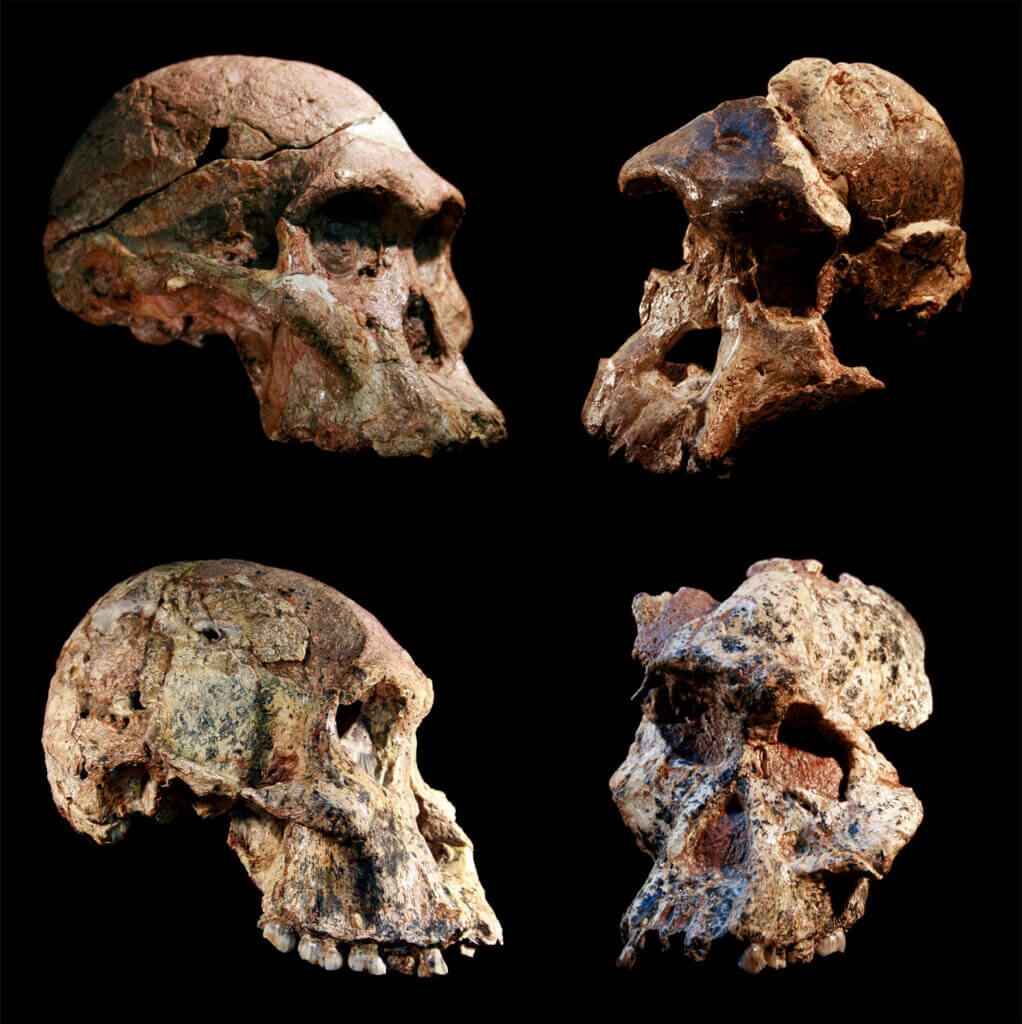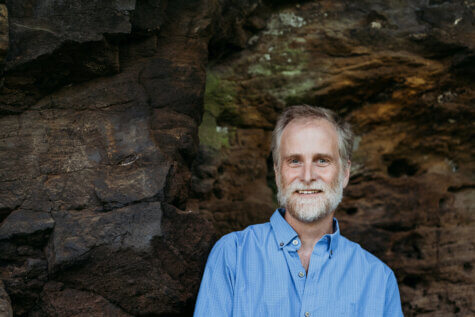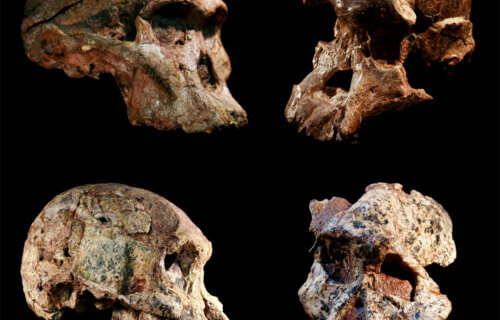JOHANNESBURG, South Africa — Fossils of our earliest ancestors in the “cradle of humankind” are one million years older than previously thought, new research reveals.
Study authors say the Sterkfontein Caves in Johannesburg reveal nearly four million years of evolution. They contain more than a third of the world’s early hominid bones – crucial links in the chain to modern humans.
The UNESCO World Heritage Site has now been identified as the “global center” of humanity’s ancient past. It was home to “Little Foot,” whose almost complete 3.67-million-year-old skeleton was discovered there. A famous pre-human skull dates back 2.3 million years is being affectionately called “Mrs. Ples.”
The fossils belong to a primitive species known as Australopithecus. Hundreds more individuals have been found within the network of underground tunnels.

The dolomitic hills in which the caves are located are 2.6 billion years old, more than half the age of the Earth itself. Most Australopithecus fossils have been excavated from an ancient cave infill called “Member 4.”
Its age has been disputed for more than half a century, with estimates ranging from two million years – younger than our genus Homo – back to about three million years. The study overturns the long-held idea that the South African Australopithecus is a younger offshoot of East African Australopithecus Afarensis.
“The new ages range from 3.4-3.6 million years for Member 4, indicating that the Sterkfontein hominins were contemporaries of other early Australopithecus species, like Australopithecus afarensis, in east Africa,” says co-author Professor Dominic Stratford of Wits University in a media release.
The study in the journal PNAS is based on the radioactive decay of the rare isotopes aluminum-26 and beryllium-10 in the mineral quartz.
“These radioactive isotopes, known as cosmogenic nuclides, are produced by high-energy cosmic ray reactions near the ground surface, and their radioactive decay dates when the rocks were buried in the cave when they fell in the entrance together with the fossils,” adds lead author Prof. Darryl Granger of Purdue University.
Previous methods relied on analysis of calcite flowstone deposits. However, observations showed these are younger than the cave fill, underestimating the age of the fossils.

“This re-assessment of the age of Sterkfontein Member 4 Australopithecus fossils has important implications for the role of South Africa on the hominin evolution stage,” Prof. Stratford says.
“Younger hominins, including Paranthropus and our genus Homoappear between about 2.8 and 2 million years ago. Based on previously suggested dates, the South African Australopithecus species were too young to be their ancestors, so it has been considered more likely that Homo and Paranthropus evolved in East Africa.”
However, Australopithecus existed at Sterkfontein almost a million years prior to the appearance of Paranthropus and Homo, providing more time for them to evolve. It places the hominins front and center in the history of early human evolution, according to the researchers.
“This important new dating work pushes the age of some of the most interesting fossils in human evolution research, and one of South Africa’s most iconic fossils, Mrs. Ples, back a million years to a time when, in east Africa, we find other iconic early hominins like Lucy,” says Prof. Stratford.
Most species of Australopithecus were diminutive, usually standing between 3-foot-11 and 4-foot-7-inches tall. Males were bigger than females, like its descendants today. The most famous Australopithecus was smaller, standing 3.5 feet tall. “Lucy” was discovered in 1974 in Ethiopia. She is an Australopithecus afarensis and lived between 2.95 and 3.85 million years ago.
“The redating of the Australopithecus-bearing infills at the Sterkfontein Caves will undoubtably re-ignite the debate over the diverse characteristics of Australopithecus at Sterkfontein, and whether there could have been South African ancestors to later hominins,” Prof. Granger concludes.
“Sterkfontein has more Australopithecus fossils than anywhere else in the world. But it’s hard to get a good date on them. People have looked at the animal fossils found near them and compared the ages of cave features like flowstones and gotten a range of different dates. What our data does is resolve these controversies. It shows that these fossils are old – much older than we originally thought.”
South West News Service writer Mark Waghorn contributed to this report.
